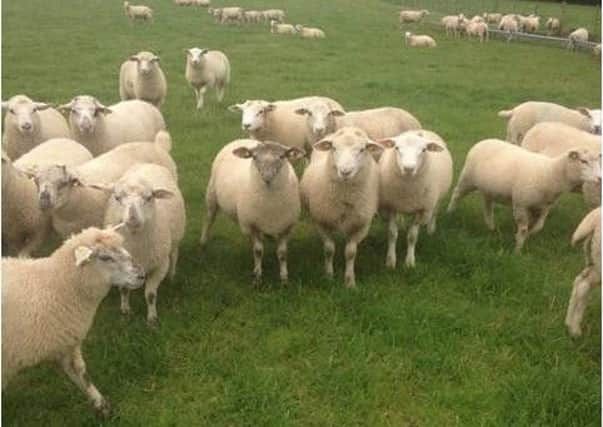DAERA Management Notes: Beef and sheep


A number of factors help you decide when lambs should be weaned, with grass growth the main one. Beyond 60 days of age the energy intake of lambs from grass can be higher than that from milk. It is therefore vital to have sufficient young leafy grass to meet the demands of both ewes and lambs. If grass has been growing well, as it has, competition between ewe and lamb will be low. However as grass growth declines (as it typically does in July) they may start competing for grass. Grass measuring and budgets can help identify shortages and if lamb growth declines to less than 200g per day consider weaning lambs onto leafy pasture.
Ideally lambs should go on to clean pastures which have lower worm burdens, such as silage aftermaths or reseeds. If this isn’t possible, but you are currently rotationally grazing or using paddocks, it could be worthwhile setting up a leader/follower system. With this system weaned lambs enter a paddock first followed by a group of ewes from a different batch. This means lambs receive the very best of the sward with the lowest worm burden. The following ewes can graze down to the desired residual where there will be the greatest worm burden.
Advertisement
Hide AdAdvertisement
Hide AdWeaning lambs gradually (staggering the removal of batches of ewes from a group) can reduce stress in lambs although it requires more labour and lambs and ewes remain on poorer swards. Abrupt weaning may result in higher stress levels in lambs but they can be moved onto better leafier swards which limit performance setbacks. Manage weaned ewes appropriately to reduce milk yields in the short term before grouping by body condition score to improve or maintain it.
Finishing off grass
Is a high lambing percentage, that is, over 175% vanity over sanity? Lambs finished off grass cost less to produce and the percentage of lambs finished this way is likely to decrease as the percentage of triplets increases.
Due to more milk and attention singles have the highest growth rates. Twins have the same genetic potential to grow but generally get less milk and therefore eat more grass with a higher worm burden. Due to intra-uterine growth restriction (reduced nutrient supply via the placenta) triplets grow much slower than singles or twins no matter how well they are fed. Select replacements from lambs who are twins from moderately prolific ewes with good rearing ability rather than lambs from extremely prolific ewes.
SUCKLER COWS
Continue to monitor service dates for spring calvers. Identify cows that are ‘slipping’ in calving dates and replace with in-calf heifers, as late calvers are often the least profitable. Ideally replace with heifers that will calve before the main calving period is due to start in spring.
Things to do in July!
Advertisement
Hide AdAdvertisement
Hide AdPrepare for autumn calving. Do not try to reduce body condition score in the last six weeks of gestation as good nutrition is required during this time.
Continue to monitor and control worm burdens in sheep and cattle if necessary. Damp, warm conditions can increase burdens. Mixed grazing between cattle and sheep not only improves sward utilisation but also reduces their individual worm challenge. Dairy bred beef require particular attention.
Is it worth taking faecal samples from first calving autumn heifers? Depending on treatments in a previous grazing they may not have fully built up their immunity.
Should the opportunity arise through good weather alleviate soil compaction when swards are down at residual levels.
Monitor sheep for fly strike and if necessary apply an appropriate product before a period of challenge.